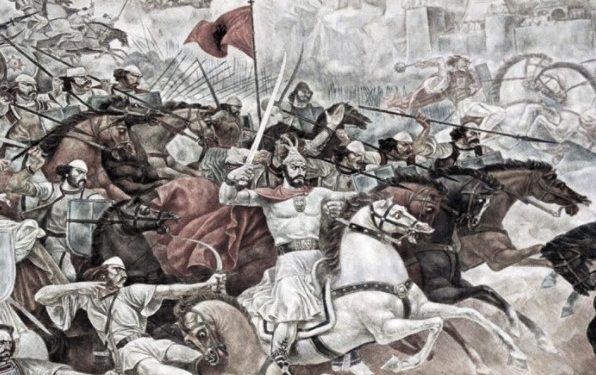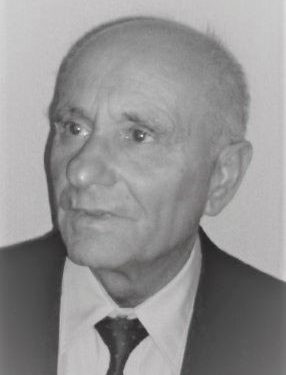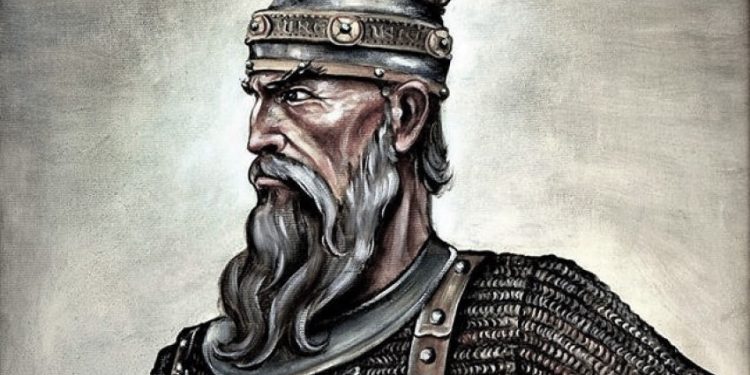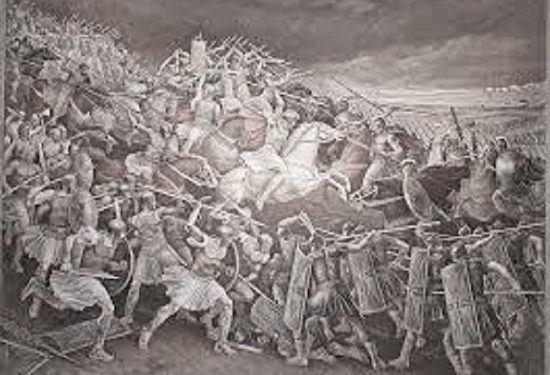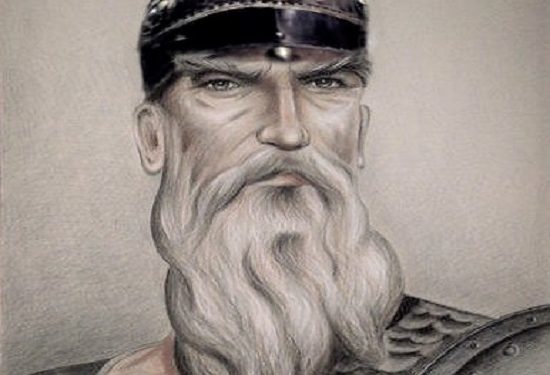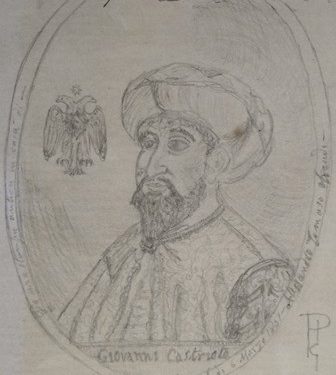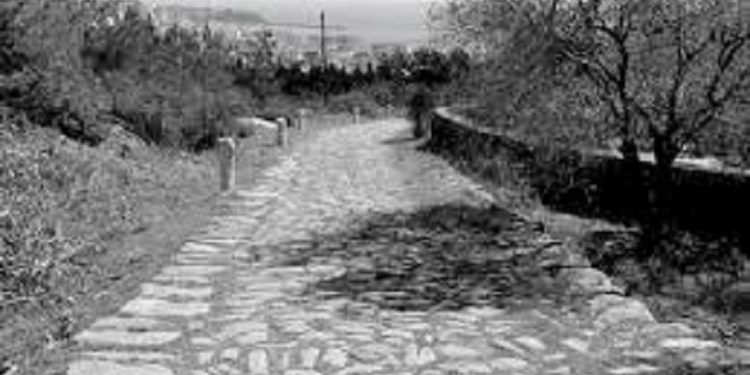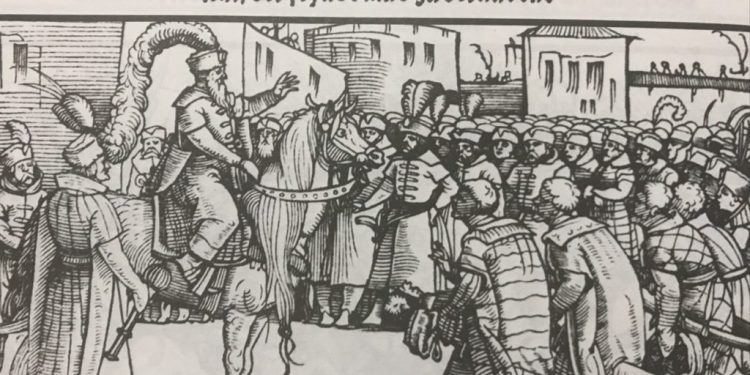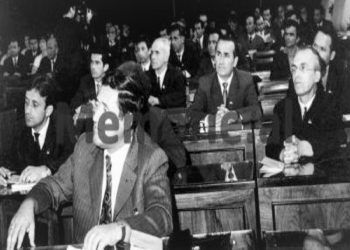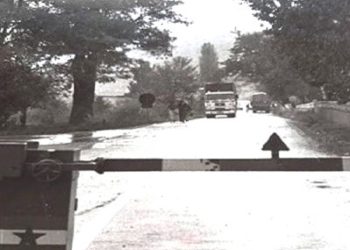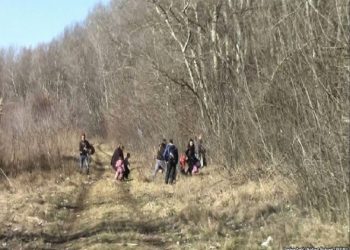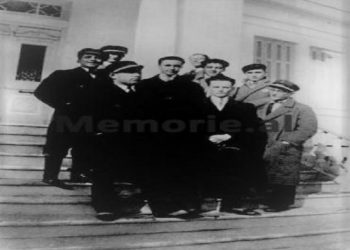By Sven Aurén
Translated by Adil N. Bicaku
Second part
ORIENTI EUROPE
Land of Albania! Let me bend my eyes
On thee, thou rugged nurse of savage men.
Lord Byron.
Memorie.al/In the book “Orient of Europe”, the author of the work is the Swede Sven Aurén. They are impressions of traveling from Albania from the ‘30s. His direct experiences without any retouching.
In a word, the translation of the book will bring to the Albanian reader, the original value of knowing that story that we have not known and we continue to know it, and now distorted by the interests of the moment.
Now a little about what these lines address to you: My name is Adil Bicaku. I have worked and lived for over 50 years in Sweden, without detaching for a moment, the thought and feeling from our Albania.
I am now retired and living with my wife and children, here in Stockholm. Having been for a long time, from the evolution of the Albanian language, which naturally happened during these decades, I am aware of the difficulties, not small, that I will face, to give the Albanian reader, the experiences of the original.
Therefore, I would be very grateful if we could find a practical way of cooperation together, to translate this book with multifaceted values.
Morally, I would feel very relieved, paying off part of the debt that all of us Albanians owe to our Albania, especially in these times that continue to be so turbulent.
With much respect
Adil Biçaku
Continued from the previous issue
Slowly and carefully the couple in question paves the way for our car. The woman seizes the opportunity, for a short break to look after us, but her master and the master of the house do not deign to stand, but hurry the donkey with the stick. The figure of the humming woman must double the speed, to reach it. In the fog of smoke disappears this image of a European marriage in 1935.
The sun of Albania shines above us, intense and ruthless.
We are now outside Durrës. Among several houses I distinguish a magnificent castle wall, an old memory from the time of Venetian colonialism, which reminds you of the strange history of this forgotten place. This road, which we are crossing with the powerful “Kadillak”, is not an ordinary road. This is a historical land: the famous Via Egnatia, that old Roman military road that in ancient times crossed all of Albania, in which unaffordable Roman legions marched in columns. Before the Romans were the Greek soldiers, marching on this road. Durrës was then called Epidamnius and was a prosperous Greek colony. Before the Greeks the soldiers of the Illyrian kingdom. The history of Albania is very ancient.
The engine snorts like a cat and the gravel stones of the road creak in the fenders of the car. The pavement is good. At seventy miles per hour, we rush forward on the Egnatia Line. The terrain passes into a gentle hilly formation, barren deserted by the sun. On the horizon raised all the time, I see these unforgettable adventurous mountains, which I first confronted by the open door of the smoking lounge.
INDICATOR WAY FROM KRUJE
The
The history of Albania summarizes three millennia, three thousand years with uninterrupted wars, always concern, and constant uncertainty.
For the painful irony of fate, the great powers of the world chose precisely this small mountainous and impoverished country as the place of spectacle for their military and religious conflicts. In the valleys and mountain passes, from Shkodra in the north, to Saranda in the south, Rome fought against Eladha, Byzantium against Rome, and Islamism against Christianity. Albanians have always fought under duress enlisted as soldiers in the armies of foreign kings and emperors, as voluntary defenders of snow-capped mountains, against foreign invaders. For the first time in our time the dream of freedom was finally realized. On September 1, 1928, Ahmet Zogu was sworn in as Zog I, King of the Albanians, and an oath in the new constitution of the Monarchy.
During the first millennium, of the three thousand year history of Albania, the birth of the Illyrian kingdom is seen and King Bardhyl, extends his rule from Trieste to the Gulf of Arta. Philip and Alexander, submit before Elas, then the rest of the world heard and later, all this magnificent creature to be completely overthrown and Illyria, again to become independent. From the Illyrian kings, names are mentioned such as: Kladius, Agron, Teuta.
But it was only the north and parts of central Albania that constituted the dominance of these kings. The south of Albania was part of the Molossian kingdom and in the wars with this country, with bitterness; the Romans were introduced to the fighting skills of the Albanian people. Pyrrhus’ victory is well known, as is the war of the elephants, which at that time for the first time attacked the Roman infantry. World War I tanks in an earlier incarnation.
Now, of course, you can expect that the Macedonians, Illyrians and Molossians – and therefore the Albanians – must have suffered great influences from the Hellenic culture, but it gives the impression that these influences were of a rapidly transient nature. At least, they seem to have never had any real significance, for the broad stratum of the people. But two heard Greek colonies were at that time on Albanian soil: Epidamnus (present-day Durrës) and Apollonia, but because of the difficult terrain and not productive of the Illyrian country, the colonies naturally maintained more intimate relations with Rome than with Hellasin. These connections later led to the birth of a sphere of interest in Illyria and here lies, for the first time in the history of the world, the active Balkan, Italian policy, a policy that still continues for mercy in 1936.
The interest of the Roman sphere spread more and more and ended with Illyria, Macedonia and Epirus becoming Roman property. In this way Rome has found an extraordinary basis, for other conquests. The brave Albanian warriors offer a material of great soldiers and become legionnaires, in the Roman armies or are honored by being recruited, in the protective guard of the emperor.
Garrisons and warehouses are set up everywhere. With endless difficulties, the triumph of the engineers ends, which was left to the world with the name Egnatia road: the great military road, which with Durrës as a starting point, broke through all of Albania. Everything went well for the Romans, just at one point, its stop. They never succeeded in turning the Albanians into Romans. Along the coast and the valleys, there are indeed traces of Roman culture as in the way of life, docks and way of thinking, but the people of the mountainous countries, are and will remain the same traditionally Albanian people.
It is worth noting that no ruler, no foreign power to this day, has been able to change the character of the highlander, according to their desire. The later descendants of the Romans with the fascist logo on the collar of their coat and with their brains full, with fiery phrases from the propaganda machine, have the same experience. The philosophy of life of the Albanian highlander is still unshakable; his living is always the same. At this point he was able to successfully resist all attacks, all the time. The Albanian highlander is the nerve and strength of the country. More even today.
The rest of the three-thousand-year-old Albanian history is related to a terribly spiritual conflict from the material side: the entry of Christianity.
In 395 the world is divided into east and west and Albania oscillates abandoned between east and west and finally, to be located as a small part of the powerful Byzantium. But unfortunately also the geographical position of the country makes it constantly fall into the center of major conflicts. They were forced to experience the bloody invasions of the Huns, Goths and Avars, and in 650 of the Serbs and Croats. Two hundred years later, another devastating river wave occurs.
This time it is the Bulgarians who are flocking within the borders of the country. The Kingdom of Ohrid is born, between the Danube and the Mores and Albania, is again an ordinary part of a strong state, which a little later is a worthless part of another: “Bulgarian assassin”, Emperor Basil II of Byzantium, press the state of Ohrid and a Byzantine viceroy, marches and settles in Durrës. Albanians are citizens sometimes under one, sometimes under the other nation. Maybe that’s why they have remained Albanian. They never manage to assimilate into a foreign people again, before the new gentlemen greet them at the door, in this arena for once equally bloody.
Parallel to these centuries-old wars in the Albanian mountains, so the people gain combat orientation and weapons are inherently necessary, like clothes and food, another clash continues. Representatives of Roman Catholic and Byzantine Orthodox-Greek have started a fierce contest for the religion of the highland population. The war goes from time to time, from time to time.
When Robert Giscardi and his nomads attack Byzantium, the Byzantine emperor seeks the help of the Venetian navy. The rich republic helps them with the fleet, first, and as a reward, takes the colonies on the Albanian coast, which means a victory of Catholicism. Roman bishops, priests and monks, invade the country and build monasteries and churches. Much later Greek orthodoxy wins and by the end of the 1300s, the South of Albania is definitely lost, for Catholicism and it is the same today.
It is interesting to note that at this time, a small number of landowners begin to emerge.
Brave Albanian soldiers fight sometimes in one army, sometimes in the other. They are rewarded for their contribution, with small estates, which continues in inheritance from father to son.
A class of landlords begins to emerge and in this way, exactly as in many other countries, national feeling grows and develops.
The West could not actually continue to have control over the country. Another big flood is flooding Albania and Europe: Islamism. The states of Serbs, Greeks and Bulgarians were overthrown. Byzantium was suppressed. The green flag of the Prophet, waved victorious and threatening. In 1339, Tërnova falls, 1430 Thessaloniki, 1431 Ioannina, and 1449 Arta. Murat II is god over Albania. At least god as a name. In reality his rule is by no means certain. Indeed, at this time, entered the history of Albania, the most interesting figure: Gjergj Kastrioti, better known as Skënder Beu.
Skanderbeg became the most important man in world history. For Albanians, he is the symbol of the meaning of the nation, for Albanian heroism, for everything that Albanians are proud of, to call themselves Albanians. He is a saint, who exercises more power of gravity than the prophet and Virgin Mary herself. Even today, in the Albania of 1936, he remains in the center of interest.
His picture hangs near King Zog, in official premises and in private homes. His helmet fits the symbol of national unity. The stories of His life are the motives for the thousands of songs that are sung throughout the country. In a modern café in Tirana, I heard a singer sing about his bravery, night after night, as the trumpet of the car falls out there and the elegant prefect rushes to the bar of the Tennis club to return a glass of cocktail.
Skanderbeg from the outside, as it appears in primitive oil and lithography everywhere in the country, arouses interest and impresses.
A magnificent white beard, reaching quite down to the stern strong chest, forms a clean profile, with a slightly curved nose. The head is slightly cast, has an attitude of a proud ruler and crowned with the strangest helmet in the world, I believe: a large iron cap and on it the shape of the head, of a wild beak, with two horns with the tops up straight sky.
It’s almost ugly helmet, but it’s quite appropriate, for this magnificent head gives this bearded man some sort of Nordic Viking look. This is at the same time a surprising helmet, which has put flies in the heads of researchers, of history in generations. No one has yet managed to leave any plausible explanation for the symbolism of this curious hat. Only one thing is clear, that she really is a symbol. Thoughts converge on this.
Skanderbeg was born in Kruja, in central Albania, a small town, which is climbed by slabs and terraces at the bottom of the mountain, a difficult terrain and relatively easy to protect, which nature has provided with excellent preconditions, to be able to face the annoying enemy. When the weather is clear and clear, the inhabitants of Kruja see on the horizon the blue line of the Adriatic. When the weather is bad they do not see anything, because a wild fog rises, wet from the valley and spreads its dense fabric, over the low houses, the small mosque and over the magnificent castle, which guards the city.
His father, Gjon Kastrioti, was the ruler of the city and the region and the residence, he had in this castle, which according to the situation of the time, constituted an extremely strong base, almost impregnable and was a strong nut to be broken for Islam. The sultan armed expeditions one after the other, to subdue the stubborn ruler of Kruja, but it seemed impossible to defeat these well-protected Albanian highlanders.
But finally Gjon Kastrioti, is forced to surrender before the superpower, as the legend says, of course, a Turkish viceroy took his palace and his three young sons, are sent to prison in Adrianople. Of those three sons, the Sultan killed two almost immediately, while the third, George, spared his life, as he, under Turkish law, curses the Christian faith and converts to Islam. He was also given a new and more Turkish name, instead of the Christian name Gjergj: Iskender (i.e. Alexander). Later, for the deeds of bravery, he was given the title Bey, and this was Iskender Bey, who later became Albanian in Skënderbeg.
Skanderbeg proved to be his father’s son. At the age of 18, as commander of an army, he suppressed an uprising in Bursa Asia Minor, and this success led him to gain the Sultan’s trust and be promoted. But unlike many other Albanians, who had voluntarily or compulsorily entered the service of Turkey, he did not forget his homeland and province, for his honest behavior and increasing his influence in powerful Turkey.
After the great victory of Janos Hunyadi, over the Turkish troops in 1443, he escaped and returned to Albania. Thus, with 300 men, he was able to enter the walls of Kruja and defeat the Turkish garrison, and from that time, of course, he took his place as the unlimited dictator of Kruja, which his father had previously had. The Islamic religion does not seem to have left any great impression on his soul. He converted to Christianity and thus became one of the most energetic defenders of Christianity throughout his life in that era.
And since that year, Albania has experienced a quarter of a century, which is the most interesting, the most fantastic and the most unbelievable in its entire history, strange and perverse. Of course, generation after generation, the legend of Skanderbeg’s contribution and value has grown, romanticized and disproportionate.
But it is enough to stick to the historical facts, to those presented by later researchers. They are quite stunning.
Enough, with the extraordinary helmet and the brave soldiers behind, Skanderbeg does not obey the mighty Sultan. Most of the country is now Turkish, but it is only this stubborn fighter of Kruja and the warlike people of the surrounding area, who refuse to obey the Turkish ruler, who has plans to conquer all of Europe and that with strong army and resources financially, it seems to have all the possibilities to launch that plan.
But this strong lord of Kruja does not obey the strongest military power of that time. He calls on the leaders, in the north of Albania, to unite in the fight for freedom. He proved to be a man of great stature, persuading the wealthy Venice to supply him with money and weapons. He magnifies and more the famous castle builds other castles around the province, brings out to the sultan thousands of hardships and angers of all kinds. Memorie.al
The next issue follows




